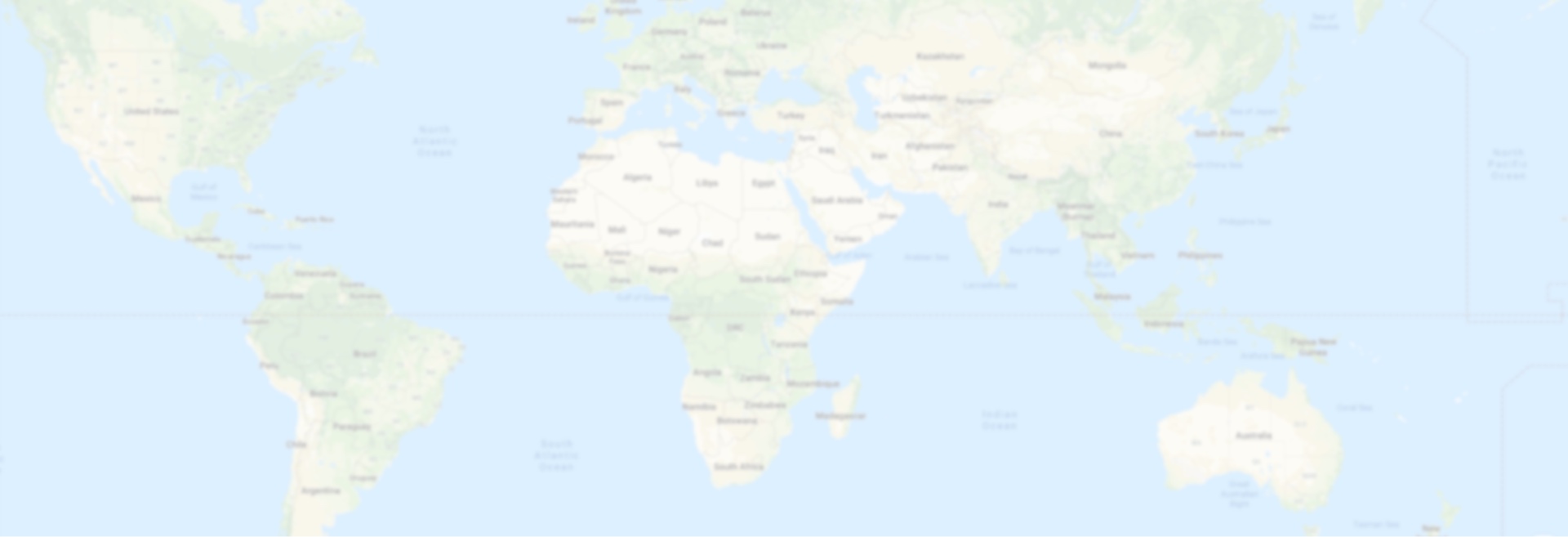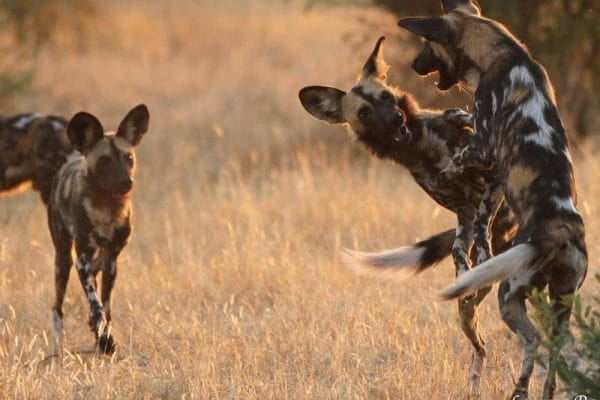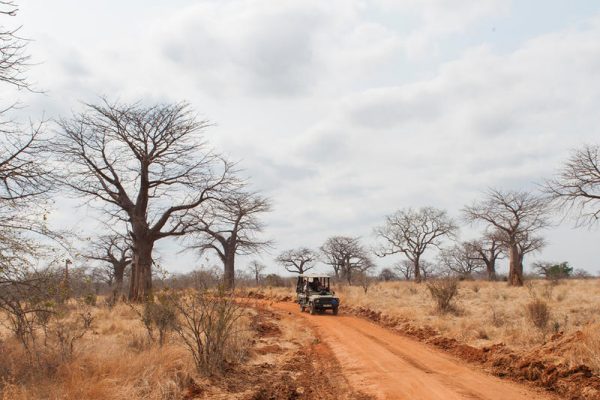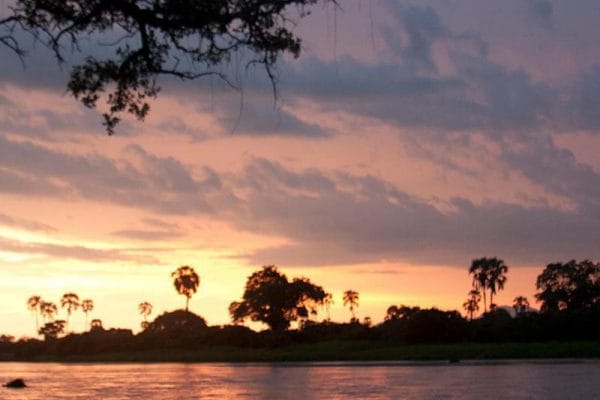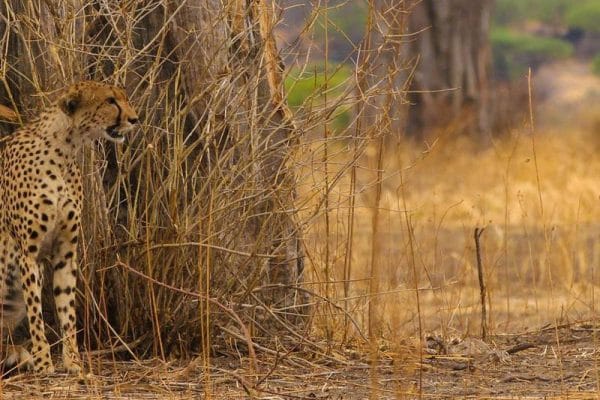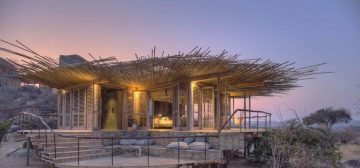With a history dating back to 1910, Ruaha National Park – part of the Southern Tanzania safari circuit – is the second biggest National Park in Tanzania. Despite the beauty of its rolling hills, massive baobab trees, the flowing Ruaha River and wide open bushveld, the park is comparatively inaccessible compared to some of Tanzania’s other parks, so it remains one of the least visited parks in the country – perfect for secluded safaris!
Part of what’s known as an ecological transition zone, Ruaha National Park’s thick back bush contrast magnificently to the wide open plains found further on in the park. These plains are alive with a healthy lion, leopard, Wild Dog and cheetah population, who share them with a diverse range of herbivores such as buffalo, giraffe, zebra, roan, sable and impala to name but a few. Ruaha is also home to the Greater Kudu, which is found in no other park in the country.
Bird lovers get their fair share in Ruaha National Park too, with over 570 species on record. The Ruaha riverbanks attract birds such as the imposing Goliath Heron, white-headed plovers and saddle-billed storks while the period between mid-November and March sees the areas population swell with migrant birds. Testament to this is the fact that Birdlife International recognizes the Usangu basin wetland as one of Tanzania’s most important bird regions. Longtime friends of the birds, the waters of the Ruaha river are shared by hippopotamus and crocodiles.
For the culturally minded, Ruaha National Park has several sites of historical significance and formed an important region on the great Arab trade routes of the 1800s. There are also great battlefields where the indigenous Hehe tribe defeated a German invasion in the 19th Century, while rock paintings adorn the rocky outcrops of Nyanywa.

